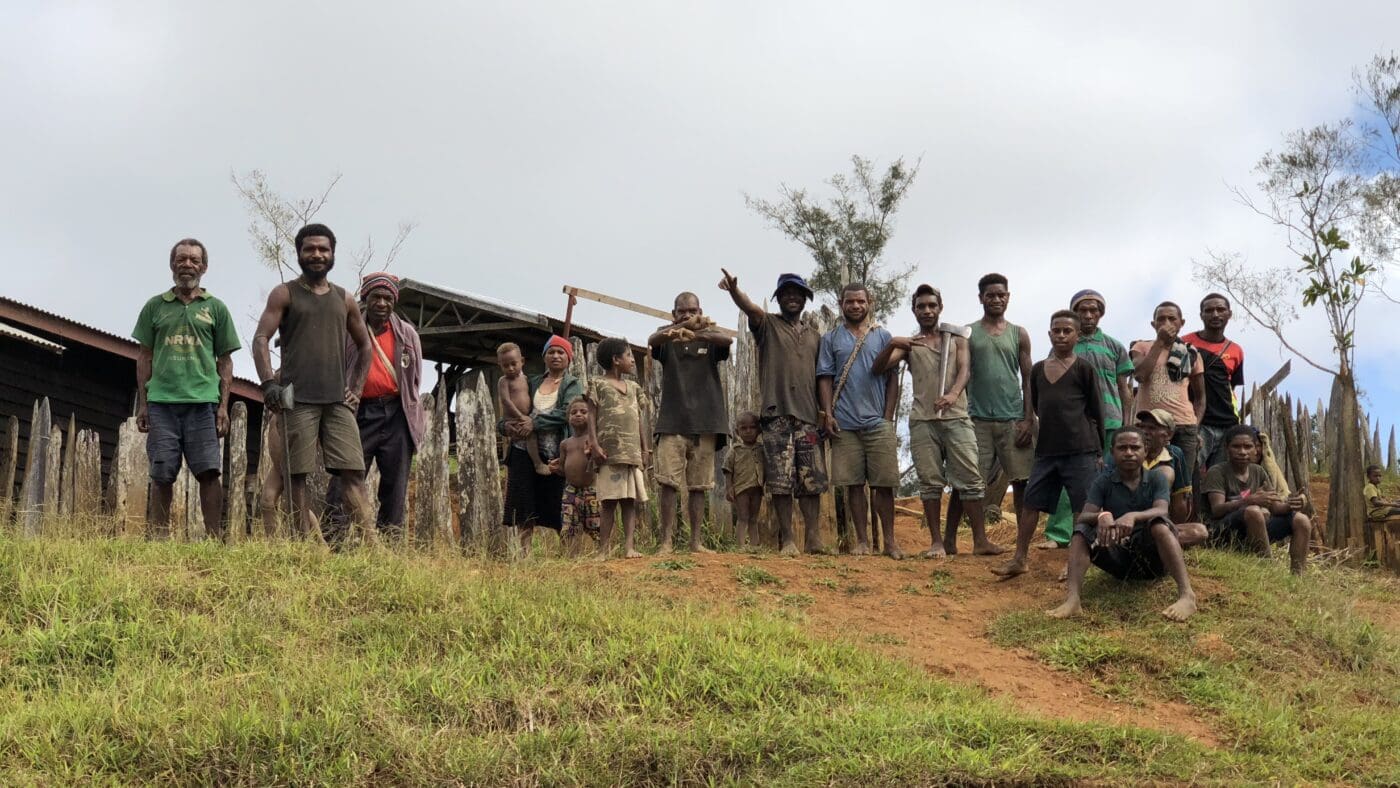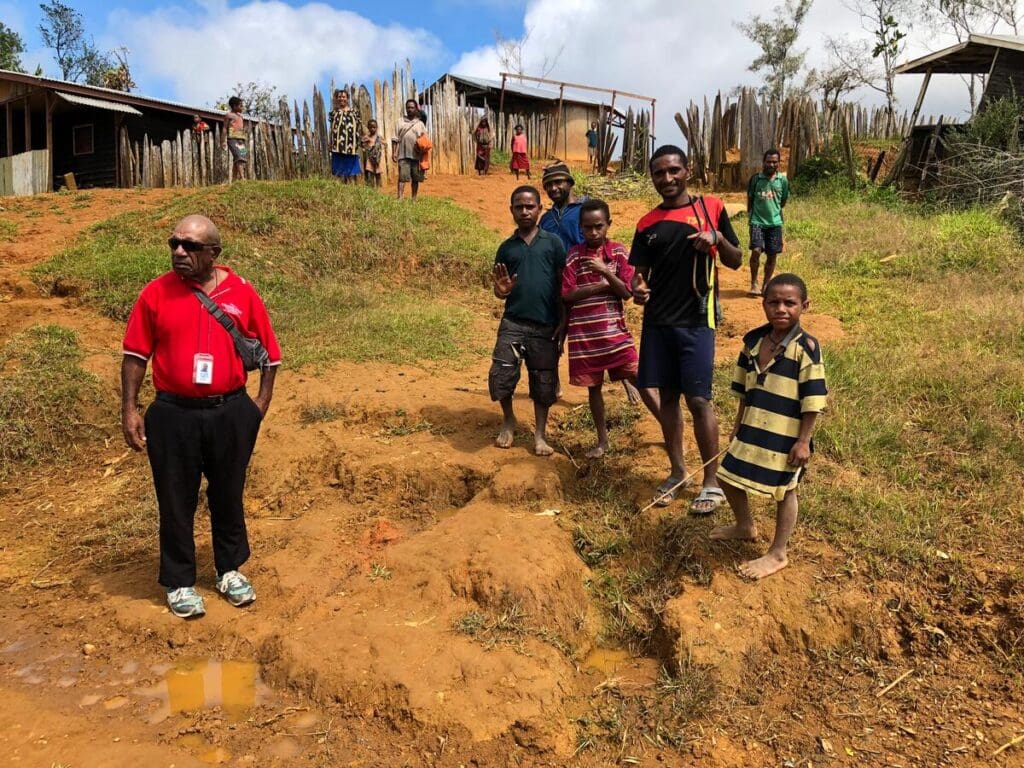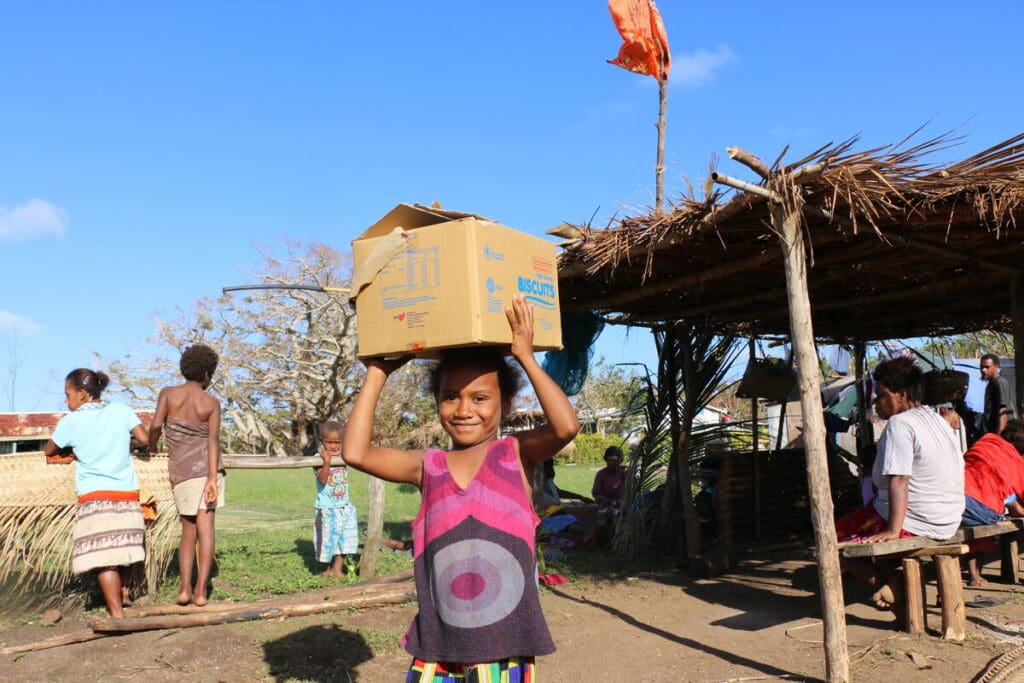
PAcific Island Countries
The Pacific is one of the most vulnerable regions to natural hazards in the world, with climate-related shocks and disasters increasingly posing threats to sustainable growth and stability in the region.
High Disaster Risk
Vanuatu, Tonga and the Solomon Islands rank among the highest in the world for disaster risk, according to the World Risk Index 2021. Average direct losses due to natural disasters in the South Pacific are estimated at US$284 million per year. In the medium to longer term, climate-related disasters are expected to increase in number and scale.
Economic growth has been well below the global average, and the prevalence of micro- and macronutrient deficiencies among women and children remains a significant concern.


WFP’s Work in the Pacific
In 2020 – 2021, the United Nations World Food Programme (WFP) mounted three major emergency response operations in the region:
- Vanuatu in response to Tropical Cyclone Harold
- Fiji in response to Tropical Cyclone Yasa
- Fiji in response to Tropical Cyclone Ana
Our Pacific Multi-Country Office in Suva, Fiji coordinates activities to strengthen the emergency preparedness and response capacities of Pacific Island Countries.